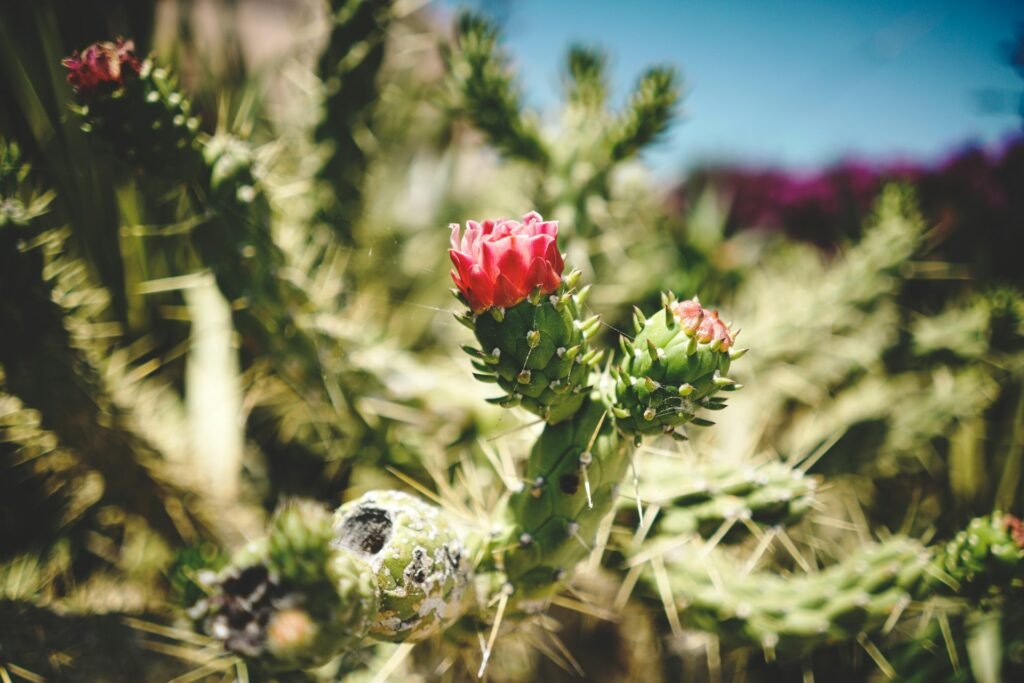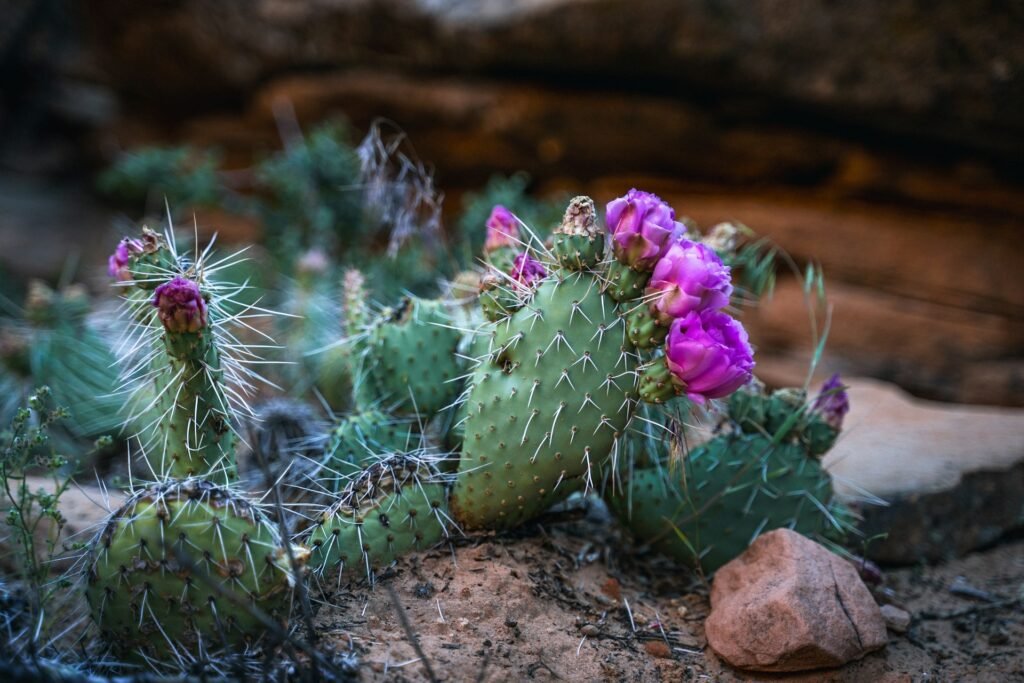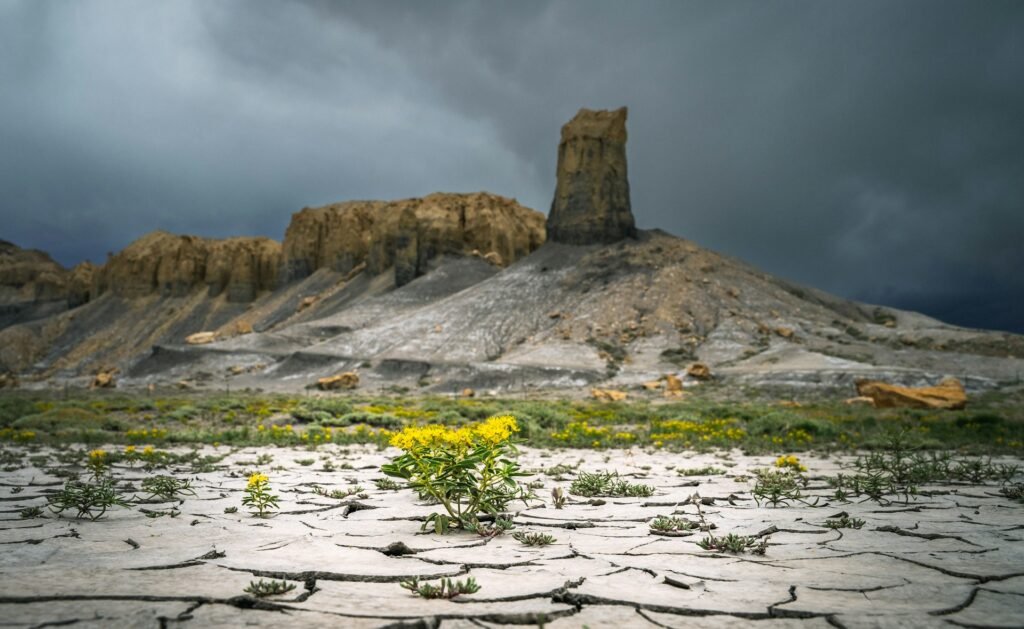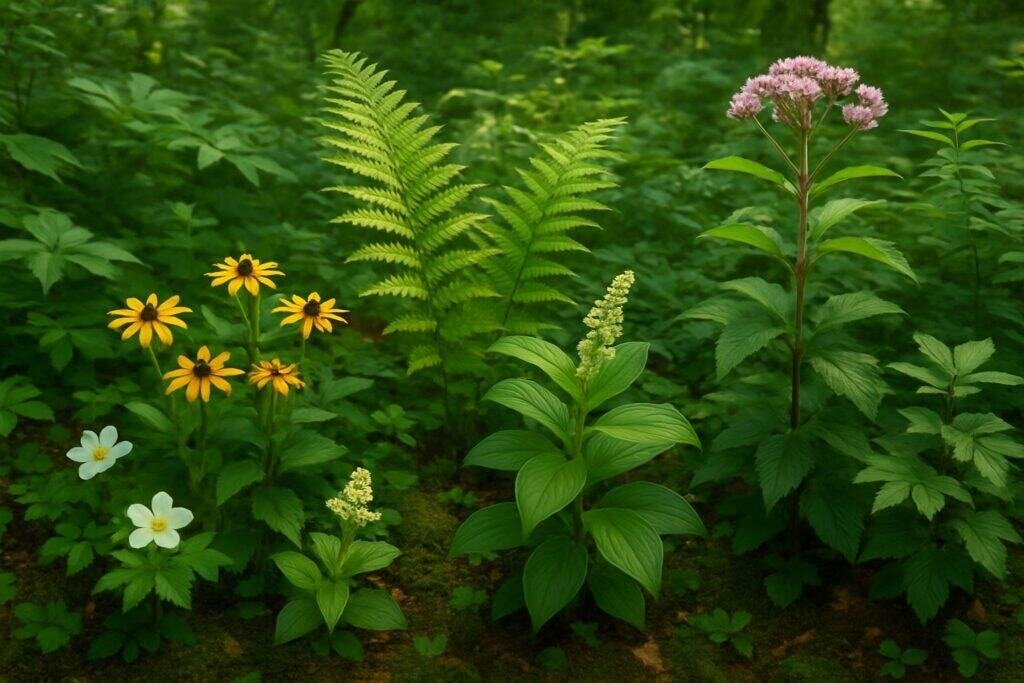The vast expanse of Texas encompasses a rich tapestry of native flora, each adapted to the unique climatic and geographic nuances of this great state. From the lush, moist woodlands of East Texas to the arid deserts of the West, native plants offer a glimpse into the ecological complexity and aesthetic splendor of the region. Places like the Lady Bird Johnson Wildflower Center serve not only as sanctuaries for these plants but also as educational hubs where Texans can learn about the importance and beauty of their state’s natural heritage.
Embracing Texas native plants in landscaping and conservation is a testament to the state’s commitment to environmental stewardship. The use of native species supports local ecosystems, conserves water, and maintains soil health. As one wanders through the diverse habitats, one can’t help but be in awe of the resilience and variety of the Lone Star State’s flora, which has flourished here for centuries, long before human intervention.
Introduction to Texas Native Flora
Delving into the world of Texas native flora reveals a vast array of species intricately woven into the ecosystem. These plants provide essential support to local wildlife, acting as a crucial food source for butterflies and birds. The relationship between these organisms is symbiotic, with each native plant species playing a role in nurturing various life forms through nectar, pollen, or habitat provision.
As one explores the Texas landscape, the diversity of native plants is immediately apparent. From the sun-loving wildflowers that carpet the hills to the shade-tolerant ferns in forest understories, each plant has evolved to thrive in its specific environment. This adaptation not only contributes to the ecological balance but also offers gardeners a palette of choices for sustainable landscaping that supports local wildlife.
The Importance of Preserving Texas Native Plants
Preserving Texas native plants is crucial as they serve as a fundamental food source for a myriad of butterflies and birds, ensuring the survival and health of these pollinators and seed dispersers. Their existence underpins the biodiversity of the region, supporting complex food webs that sustain the ecological integrity of the Texas landscape. Conservation efforts are vital to maintain this balance, ensuring that these species continue to flourish and perform their roles in the environment.
The Role of Native Plants in Ecosystem Services
Native plants are the unsung heroes in providing ecosystem services. From purifying water and air to sequestering carbon and stabilizing soil, these plants are integral in maintaining environmental health. Their deep root systems reduce erosion and improve water infiltration, while their foliage offers habitat and nourishment to local fauna. Recognizing their role is key to appreciating the full value native plants bring to Texas’s ecosystems.

Discover the Regions of Texas and Their Native Plants
Texas’s vastness encompasses multiple climate regions, each boasting a distinct set of native plants. These regional varieties not only enhance the state’s natural beauty but also reflect the adaptability of flora to Texas’s wide-ranging environments. From the Gulf Coast’s marshes to the High Plains’ grasslands, each area’s native plants are a testament to the state’s ecological diversity.
The Diverse Ecosystems of Texas and Their Plant Life
The ecosystems of Texas are as varied as they are vast, ranging from coastal wetlands and piney woods to prairies and deserts. Each of these habitats is defined by its unique set of plants, which have adapted to local conditions over millennia. Diversity in plant life ensures resilience against environmental stressors and provides a haven for wildlife, underscoring the importance of each region’s native flora.
Central Texas Flora: From Bald Cypress to Rock Rose
In Central Texas, the flora is a study in adaptation, with species such as the Bald Cypress thriving in the moist banks of rivers and streams, while the Rock Rose basks in the full sun of the rocky hillsides. This juxtaposition of moist and arid-loving plants is a hallmark of Central Texas’s diverse habitats, where each species plays a role in the ecological fabric of the region.
East Texas Botanical Richness: Beautyberry to Winecup
The botanical richness of East Texas is a treasure trove of biodiversity. Here, the understory is adorned with the vibrant purple berries of the Beautyberry, while the ground layer is punctuated by the crimson blooms of the Winecup. This lush region, teeming with life, is a verdant paradise where native plants not only survive but thrive in harmony with the local environment.
South Texas Specialties: Coral Bean to Texas Sage
South Texas specialties are a testament to botanical endurance, with plants like the vibrant Coral Bean and the resilient Texas Sage. These natives, accustomed to the sun’s scorching rays, exhibit a hardiness that is both necessary and emblematic of the region. The Texas Sage, in particular, with its silvery foliage and purple blooms, has become synonymous with the South Texas landscape.
North Texas Natives: Ashe Juniper to Purple Coneflower
The native flora of North Texas showcases a variety of species from the Juniper woodlands dominated by Ashe Juniper to prairies dotted with the vivid Purple Coneflower. These plants are well-suited to the region’s climate and soil conditions, providing essential habitat and resources for local wildlife and contributing to the area’s ecological health.
West Texas Wonders: Desert Willow to Yellow Bells
West Texas presents a starkly beautiful landscape, where the Desert Willow stands as a testament to the tenacity of native plants in arid conditions. With its delicate, willow-like leaves and stunning trumpet-shaped flowers, the Desert Willow is a beacon of life in the rugged terrain, offering shade and sustenance to desert dwellers.
Native Plant Database and Resources
For those seeking to delve deeper into the world of Texas native plants, a wealth of resources is available. These tools aid in identifying species, understanding their ecological roles, and implementing them in personal and community landscapes. By tapping into these databases and guides, enthusiasts and conservationists alike can foster a greater connection with the natural world.
How to Navigate the Native Plant Database
Navigating a native plant database can be a transformative journey into the heart of Texas’s botanical heritage. With search functions tailored to various criteria such as plant type, habitat, and bloom time, users can effortlessly discover the perfect native species for their needs, leading to more informed choices in conservation and landscaping endeavors.
Featured Native Plants of the Season
Highlighting native plants of the season showcases the dynamic nature of Texas’s flora. These features provide insights into the blooming periods and habitat preferences of different species, enabling enthusiasts to appreciate the seasonal changes in the landscape. From the springtime emergence of wildflowers to the fall colors of deciduous trees, each season brings its natural spectacle to North America’s rich tapestry.
Native Plant Selection for Different Landscapes
Selecting native plants for different landscapes is an art that balances aesthetic appeal with ecological function. By choosing species that are adapted to local conditions, gardeners can create vibrant, sustainable spaces that require less maintenance and provide habitat for wildlife. This approach to landscaping not only beautifies the environment but also contributes to the preservation of Texas’s native plant heritage.

Conservation and Sustainability Efforts
The preservation of Texas’s native flora is integral to maintaining the state’s rich biodiversity. Conservation and sustainability efforts are crucial in protecting the indigenous plant species that define the various landscapes of Texas. These endeavors not only help to sustain the natural beauty of the region but also support the wildlife that depends on native plants for survival. Through dedicated initiatives, Texas aims to ensure that its unique plant heritage thrives for generations to come.
The Impact of Invasive Plants on Texas Ecosystems
Invasive species pose a significant threat to the ecological balance of Texas ecosystems. These non-native plants can outcompete indigenous species for resources, leading to a reduction in biodiversity. Texas Parks and Wildlife actively manages invasive species to protect native habitats. By controlling these aggressive invaders, they work to prevent the displacement of native plants, ensuring that Texas’s ecosystems remain vibrant and resilient.
Monarch Conservation and Native Milkweeds
Monarch butterflies are iconic pollinators that rely on native milkweeds for their survival. These plants serve as the sole food source for Monarch caterpillars. Conservation efforts in Texas are focused on preserving and restoring milkweed populations to support the migrating Monarch butterflies. Through the planting of native milkweeds, Texas is contributing to the protection of this vital pollinator, which is essential for the health of the state’s ecosystems.
Native Landscape Certification Program (NLCP)
The Native Landscape Certification Program (NLCP) is an educational initiative designed to promote the use of Texas native plants in landscaping. Participants in the program gain valuable knowledge on native plant selection and sustainable landscape practices. By encouraging the widespread adoption of native plants, the NLCP plays an essential role in conserving water, reducing maintenance costs, and enhancing wildlife habitats across the state.
Community Involvement and Education
Community involvement and education are fundamental to the success of native plant conservation in Texas. By engaging the public through workshops, seminars, and volunteer opportunities, Texans are empowered to take action in preserving their natural heritage. Educational programs raise awareness about the benefits of native plants and the importance of biodiversity, fostering a culture of stewardship and environmental responsibility within the community.
Joining the Native Plant Society of Texas
Joining the Native Plant Society of Texas offers individuals the chance to connect with like-minded enthusiasts and experts. Members can learn about native plants suited to partial shade or full sun, the control of non-native species, and how to provide food and shelter for wildlife in North Texas and beyond. The society encourages the cultivation of native plants to enhance local ecosystems and promote sustainable gardening practices.
Upcoming Events and Symposiums for Plant Enthusiasts
Plant enthusiasts can look forward to a variety of events and symposiums hosted throughout the year. These gatherings offer opportunities to learn from experts, exchange ideas with fellow gardeners, and discover the latest trends in native plant cultivation. Whether it’s a workshop on plant identification or a tour of private native plant gardens, these events provide a platform for sharing knowledge and fostering a sense of community among plant lovers.
Additionally, symposiums serve as a hub for discussing conservation strategies and the role of native plants in urban settings. Attendees can explore topics such as creating wildlife habitats and managing invasive species, gaining insights that are both practical and beneficial for the environment.
Chapter Information and Local Initiatives
Local chapters of the Native Plant Society of Texas are instrumental in spearheading initiatives that promote the use of native plants. These chapters offer resources and support for community projects, such as public garden installations and educational programs. By providing chapter information and facilitating local initiatives, the society strengthens grassroots efforts to preserve Texas’s native plant heritage.
Garden Design with Texas Natives
Garden design that incorporates Texas native plants is not only aesthetically pleasing but also environmentally sensible. Utilizing plants like the Texas mountain laurels, which thrive in the state’s climate and require minimal additional watering, contributes to a sustainable landscape. Designing with native plants also means creating habitats that attract local wildlife, adding dynamic and interactive elements to one’s garden.
Creating Monarch Waystations and Pollinator Gardens
Creating Monarch Waystations and pollinator gardens is a vital conservation effort that supports the Monarch butterfly and other important pollinators. By planting a mix of milkweeds and nectar-rich flowers, gardeners can provide essential habitats for these species. These gardens not only contribute to biodiversity but also serve as educational tools to teach the community about the importance of pollinators.

Conclusion: The Future of Texas’s Native Plant Heritage
The legacy of Texas’s native plant heritage, from the hill country’s ashe juniper to the Gulf Coast’s flower clusters, stands as a testament to the state’s natural diversity. In areas like the Edwards Plateau, native shrubs and trees, such as the resilient bald cypress, continue to provide critical habitat and food for local wildlife. The San Antonio region, with its cross timbers and plants that are native to Texas, including the vibrant trumpet creeper with its orange flowers, showcases the unique beauty of the state. Meanwhile, the University of Texas and other institutions play a pivotal role in studying and promoting native species like Malvaviscus drummondii and callirhoe involucrata, which thrive in Texas’s varied climates.


